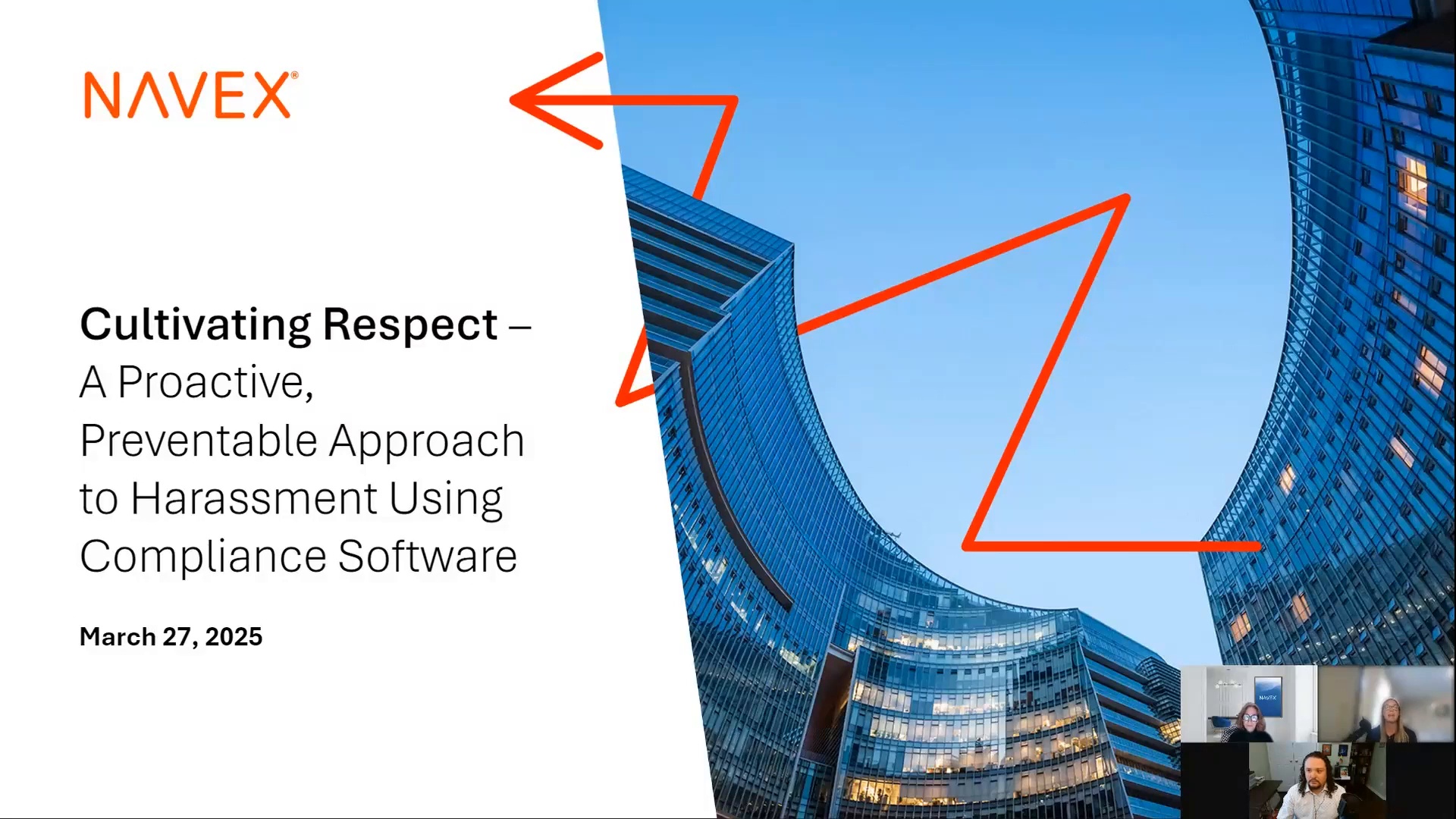The U.S. Securities and Exchange Commission recently announced that its long-awaited greenhouse gas disclosure rule will be delayed yet again, most likely until April 2024. This raises an important question for compliance and audit concerned about climate change regulation.
Who cares?
Seriously, who cares that the SEC is stalling for another few months as the agency tries to finesse the most complicated rule it has ever proposed? Although we all paid rapt attention when the SEC first proposed its greenhouse gas rule nearly two years ago, the biggest development in climate change regulation today is that the arrival of a final rule is no longer the significant moment people once thought it would be.
Grappling with climate change – including, yes, measuring and disclosing your greenhouse gas emissions – is now an inevitable fact for large businesses, and for quite a few small ones too. Corporate compliance and audit leaders need to start thinking now (if you haven’t already been doing so) about how to build the capabilities your company will need to meet those challenges.
Why did the SEC delay its rule?
The SEC gave itself another few months to finish its greenhouse gas rule because this has been a herculean task for the agency.
The draft rule was 490 pages, the longest proposal in SEC history. That draft rule then generated more than 16,000 comments, the most in SEC history. Business interests have voiced strong opposition to a requirement that they calculate and report their so-called “Scope 3” emissions, generated by your supply chain rather than your direct operations. In all likelihood, any final rule the SEC adopts will be challenged in court.
On those grounds alone, the SEC should take its time to write the best rule it can. The consequences of an ill-drafted rule – both for the agency facing risky court battles, and for companies trying to figure out how to comply – would fall somewhere between painful and disastrous.
There’s another reason to delay, too. Europe and California already have their own greenhouse gas disclosure rules on the books, scheduled to go into effect in 2026. In that case, the SEC might as well take time as necessary to finish its own rule and align the implementation date with its 2026 cousins already on their way.
And that brings us back to our original point: that the arrival of the SEC’s greenhouse gas rule really doesn’t matter, because climate change compliance is already inevitable.
If the SEC doesn’t force the issue for you, then Europe or California – or your larger customers beholden to those regulatory regimes, or climate-conscious investors, or consumers worried about the planet, or some other stakeholder group important to you – will.
The time to respond is now
This means compliance, internal audit, and sustainability teams need to start developing their greenhouse gas disclosure capabilities now. That won’t necessarily be easy, but it might not be as hard as you fear, either. Consider what those compliance capabilities are:
- Workflow development. If your company doesn’t already have processes to capture its greenhouse gas emissions (either Scope 1, the emissions from your own operations; or Scope 2, emissions generated from the power you consume), you’ll need to develop workflows to capture that information.
- Data collection. Large companies, however, might already have this data, even if that’s news to you. In the United States, for example, large emitters of greenhouse gasses already need to report those emissions to the Environmental Protection Administration.
- Audits. Companies will need some way to verify the data they’re collecting is correct, just as you’d need for many other data reports you submit to regulators.
- Third-party risk management. Sooner or later, you most likely will need to track those Scope 3 emissions from your suppliers. That becomes a contract management challenge; you’ll need mechanisms to assure they’ll provide the information to you in a reliable, timely manner.
- Reporting. Once you have your emissions data in hand, you’ll need to report it somewhere; either to regulators, or investors, or customers (we are all somebody else’s third party, after all), or even just to the public.
As daunting as greenhouse gas emissions might be, all the above capabilities are ones compliance and audit teams already have. If we were talking about compliance with the Foreign Corrupt Practices Act, for example, everything mentioned above would be table stakes; even if your company hadn’t perfected them entirely, you’d at least have a good sense of how to implement them.
The same is going to be true for greenhouse gas disclosure, and for ESG issues writ large. Compliance and internal audit teams will need to take those capabilities you’ve already developed for other compliance obligations and retool them for this new challenge. It’s not so much re-inventing the wheel, as it is putting a new wheel on your existing car. Once you know the basics, the process is the same.
Will this require some new technology? Possibly. Much more likely is that you’ll need to extend your existing technology, processes, and relationships to address new issues. Compliance and internal audit teams will need to collaborate with each other, and with the rest of the enterprise, to find innovative solutions to an issue that isn’t going away.
Then again, that’s an inevitable part of business too, isn’t it?
No matter where you are in your ESG disclosure journey, the NAVEX Definitive Guide to ESG can help equip you with the fundamentals so you don’t fall behind. To learn more:


